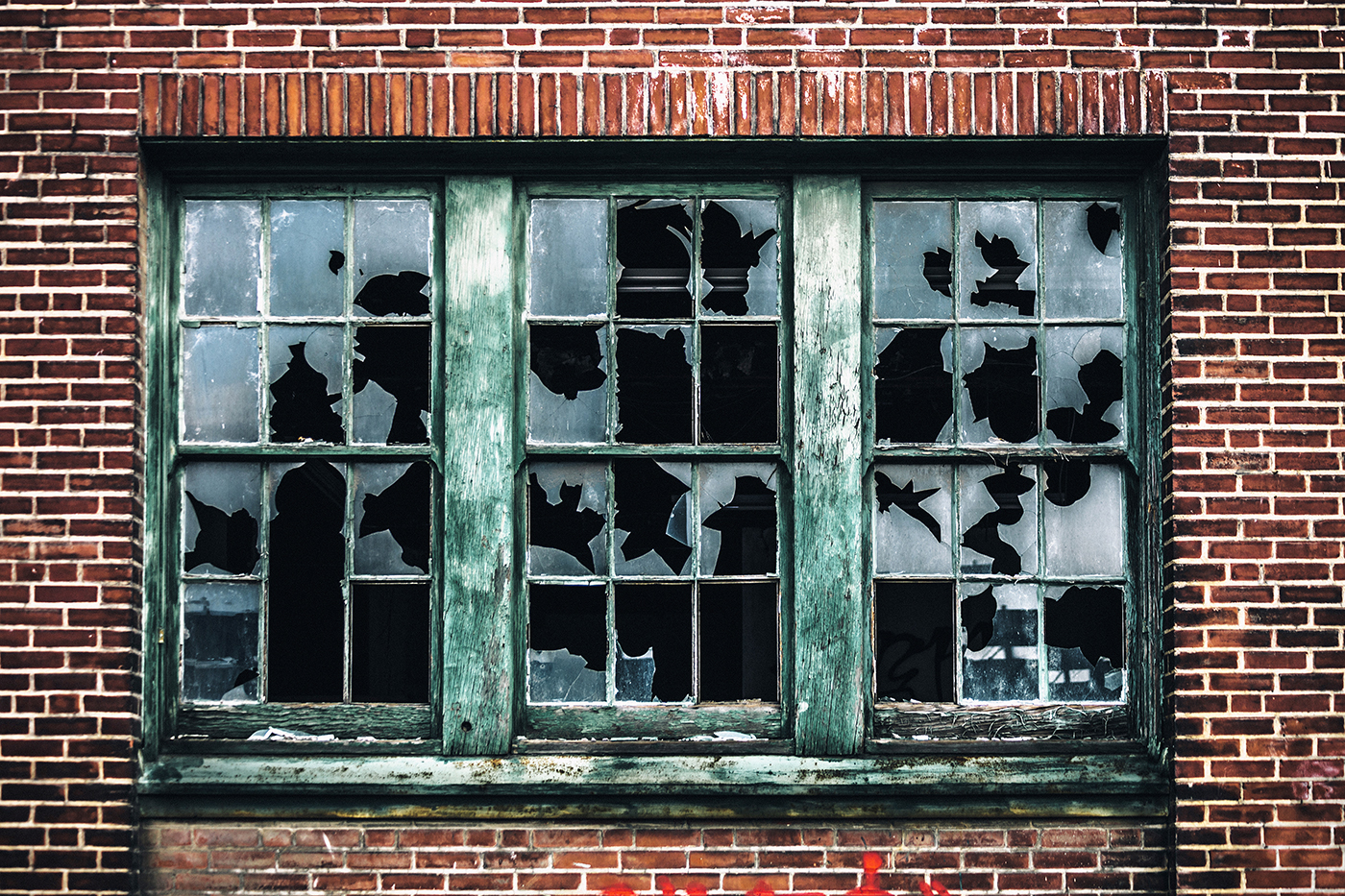
Vending machine providing free birth control and overdose prevention products debuts in Brooklyn
Items available at no cost from the shiny blue device include naloxone kits, fentanyl test strips, birth control packs and baggies with tools for safer smoking.
By
Brittany Kriegstein
Published Jun 5, 2023

Brittany Kriegstein
A new vending machine in Brownsville, Brooklyn is attracting lots of attention – but not because it sells snacks and drinks.
Instead, compartments in the shiny blue device on the corner of Decatur Street and Broadway are stocked with naloxone kits, fentanyl test strips, birth control packs and baggies containing tools for safer smoking of substances like crack cocaine, methamphetamine and heroin. And it’s all free: residents just have to enter their zip code and make a selection.
The machine is the first of its kind in New York City, designed to help reduce drug overdose deaths and mitigate other crises by giving residents free, 24/7 access to lifesaving equipment, resources and information.
“This is more than just a vending machine – it’s a gateway to services and support and recovery,” said Dr. Ashwin Vasan, commissioner of the city’s Department of Health and Mental Hygiene, which is running the pilot program in partnership with the longstanding harm-reduction and social services nonprofit Services for the UnderServed.
Three more machines, which cost about $11,000 each, are slated for installation in other areas hard-hit by drug use and overdose deaths. Vasan hopes to see the program expand even further.
“We’re very optimistic that this could expand beyond four,” he said. “This is not a be-all, end-all in our fight; this is one more arrow in a quiver, and we need lots of arrows in that quiver to respond to this ever-growing crisis. So I’d love to see this expand as far and as widely as possible, so that it’s available everywhere.”
In addition to the goods it offers, the Brownsville vending machine displays QR codes to help people look up services and resources in the community. Its location was determined by an analysis of overdose deaths in the neighborhood, Vasan explained.
“This is just your first stop on your way to hopefully getting care, and getting housing, and getting all you need from S:US or any other organization in New York City,” said Rebecca Linn-Walton, chief strategy officer for Services for the UnderServed. “It shouldn’t be luck or privilege that gets you into services. It should be easily accessible to everyone we know and love in New York.”
The city is experiencing a spike in overdose deaths. According to data from the Department of Health and Mental Hygiene, 2021 set the record for the most overdose fatalities, with 2,668 recorded citywide. In comparison, 2020 saw 2,103 overdose deaths. About 80% of those deaths each year were caused by fentanyl, a potent synthetic opioid up to 50 times stronger than heroin.
Citywide numbers for 2022 are still being calculated. But with 1,370 deaths recorded in the first half of the year, it’s on pace to beat even the record high from 2021.
In Vasan’s view, a problem so pervasive needed a creative solution that can put lifesaving fentanyl overdose antidotes like naxolone – also known by the brand name Narcan – into the hands of as many New Yorkers as possible.
“Vending machines are a well-known entity, they’re a well-known device, people stop and look and see what’s in there,” he said. “I think they’ll be surprised to find that this is a public health vending machine. I think that’s a great thing: it will start conversations, hopefully that get people talking about our overdose crisis and what they can do to engage.”
As part of Monday’s ribbon-cutting, Elan Quashie, director of the Opioid Overdose Prevention Program, demonstrated how the machine works in real time by placing its inaugural order.
Seconds after entering his area code, he held a small blue naxolone kit, complete with how-to-use instructions.
The Big Apple isn’t the first place to try the vending machine tactic.
The first machine was installed in Copenhagen, Denmark, Vasan says. Since then, Philadelphia, Las Vegas and Cincinnati have unveiled their own versions. Data on how well they worked was not immediately available.
“We have to address the root causes of substance use, not just the needs of people who are using now,” Vasan said. “How do we prevent people from using in the first place? This is why we made overdose response a core pillar of our mental health plan for the city, to formally bring these together.”



 Lol do those machines carry rolling papers?
Lol do those machines carry rolling papers?


